#Ancient history India
Explore tagged Tumblr posts
Text
Here's the link to the video
👏 SAY 👏 IT 👏 LOUDER 👏
#history#science#scienceblr#stem#stemblr#mathematics#mathblr#ancient persia#ancient india#ancient egypt#babylon#pythagorean theorem#snell's law#quadratic formula#fibonacci's sequence#pascal's triangle
10K notes
·
View notes
Text

In the 5th century BCE, Sushruta, a renowned Indian surgeon, first identified diabetes by observing that diabetics’ urine attracted ants due to its sweetness. He noted that the condition primarily affected wealthier individuals and linked it to a diet high in rice and sweets.
170 notes
·
View notes
Text

Lotus-Headed Fertility Goddess Lajja Gauri
India (Madhya Pradesh)
ca. 6th century
Metropolitan Museum of Art
#fertility#goddess#fertility art#india#art of india#religious art#indian culture#indian art#ancient art#ancient cultures#stone carving#art history#aesthetictumblr#tumblraesthetic#tumblrpic#tumblrpictures#tumblr art#aesthetic#beauty#tumblrstyle
345 notes
·
View notes
Text
Sketches of coins collected by Charles Masson, a British East India Company soldier who deserted and spent years collecting ancient coins and surveying ancient sites:

Much more on Masson here:
105 notes
·
View notes
Text
Indian PR is so bad that the whole world knows about the Colosseum but Indians themselves don't know about this

82 notes
·
View notes
Text


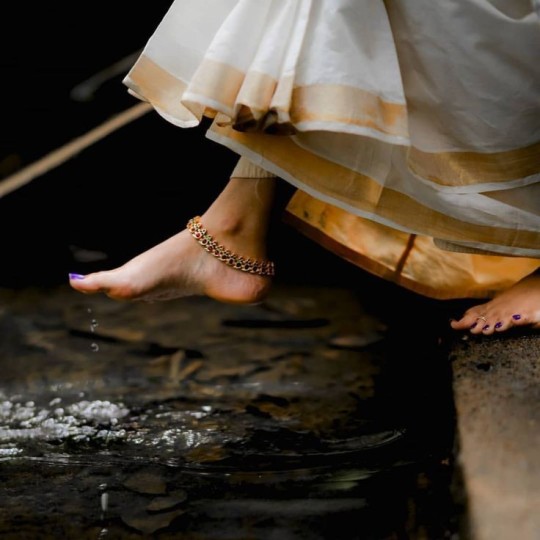
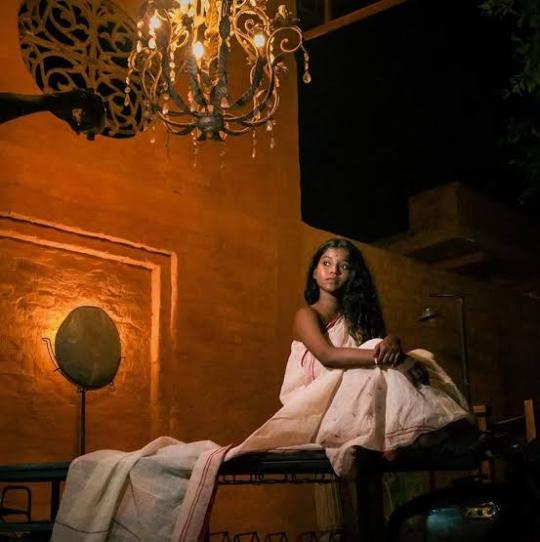

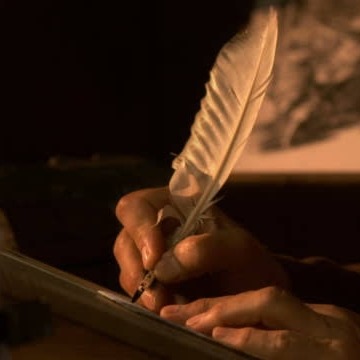

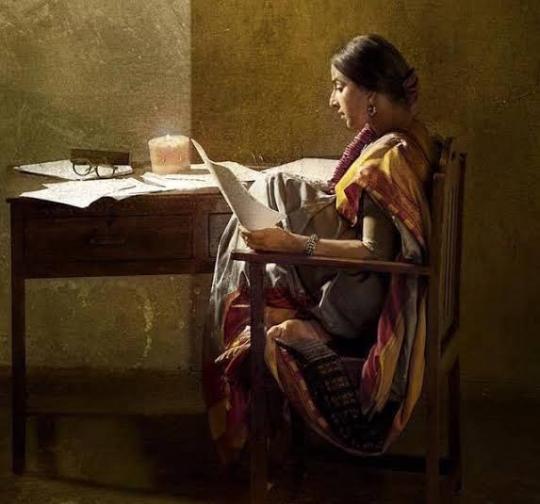
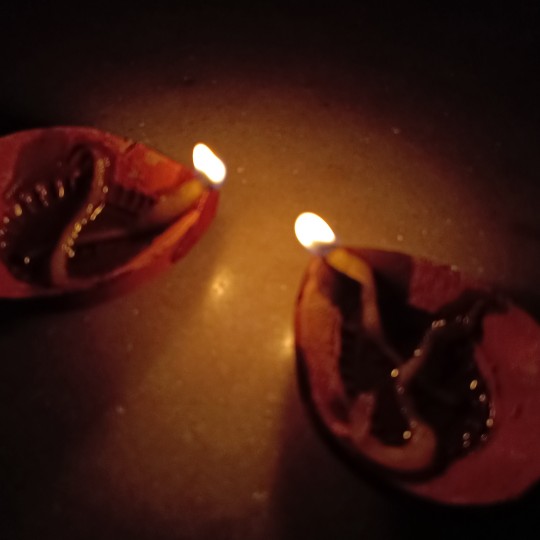
Khona was a poet and astronomer from Deulia village in Bengal, best known for Khonar Bochon, a series of couplets and short rhymes which imparts advice regarding agricultural and rural life. Born somewhere between 800-1200 A.D., Khona defied social and cultural norms of her time when women were rarely taught to read. Her husband Mihir was the son of the philosopher and astronomer Barahmihir, who was one of the navaratnas (nine gems) at the court of Chandragupta II. Khona lived in Chandragupta's court in Pataliputra for a time with her husband and father-in-law. According to legend, Chandragupta was so impressed with Khonar Bochon which benefited the farmers of his state that he named Khona the tenth gem of his court. Khonar Bochon remains relevant to the agricultural life of rural Bengal to the present day.
ষোল চাষে মূলা / তার অর্ধেক তুলা / তার অর্ধেক ধান / বিনা চাষে পান।
Translation: After 16 days of cultivation, radish cultivation in that land gives good yield. Cotton land requires 8 days of cultivation, paddy land after 4 days of cultivation gives good yield. Betel does not require cultivation.
1 / 2 / 3 / 4 / 5 / 6 / 7 / 8 / 9
#mb#khona#khonar bochon#khana#bengali academia#bangla tag#bangladesh#india#desi academia#dark academia#desi aesthetic#desi tag#desi tumblr#desiblr#bengali#indian history#ancient india#khonar bochor for anon#bengali literature
415 notes
·
View notes
Text
About Vedic Scriptures

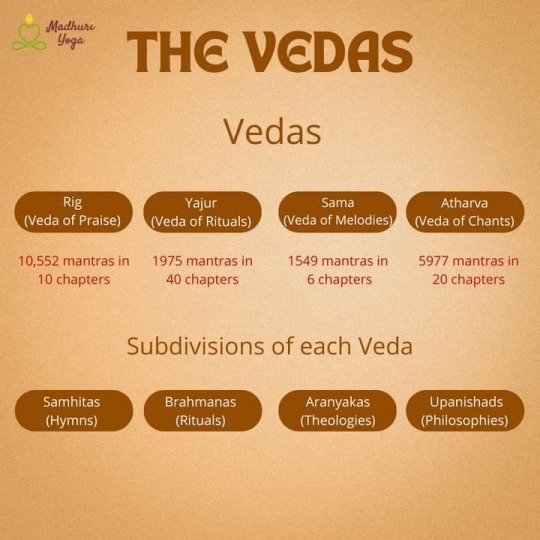

#vedic literature#hinduism#hindublr#sanatan dharma#ancient india#vedic culture#mantra#bharat#ancient indian history#puranas#sanskrit#languages#krishna#dharma#karma#hindu culture
308 notes
·
View notes
Text
Aesthetics of Odisha~
✿.・。.・゜✭・✿・✫・゜・。. ✿

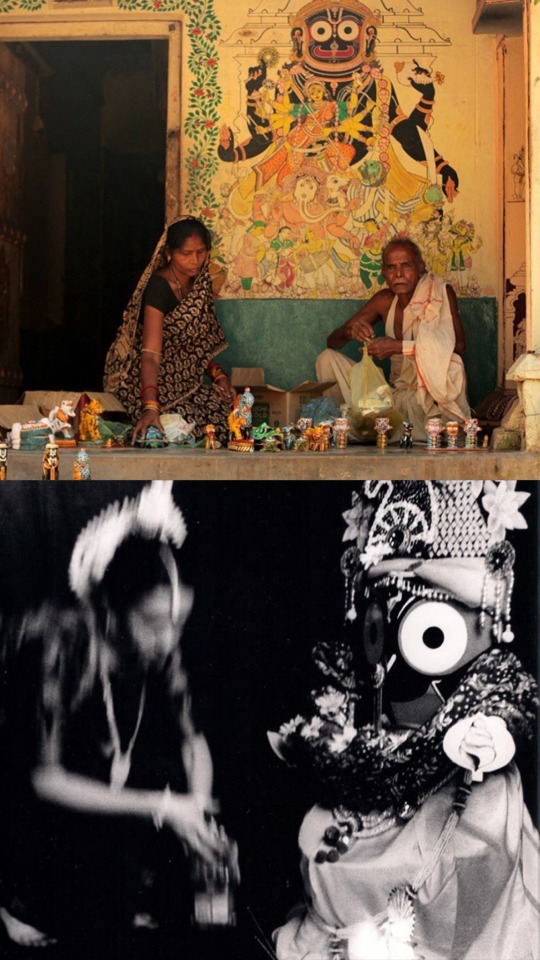
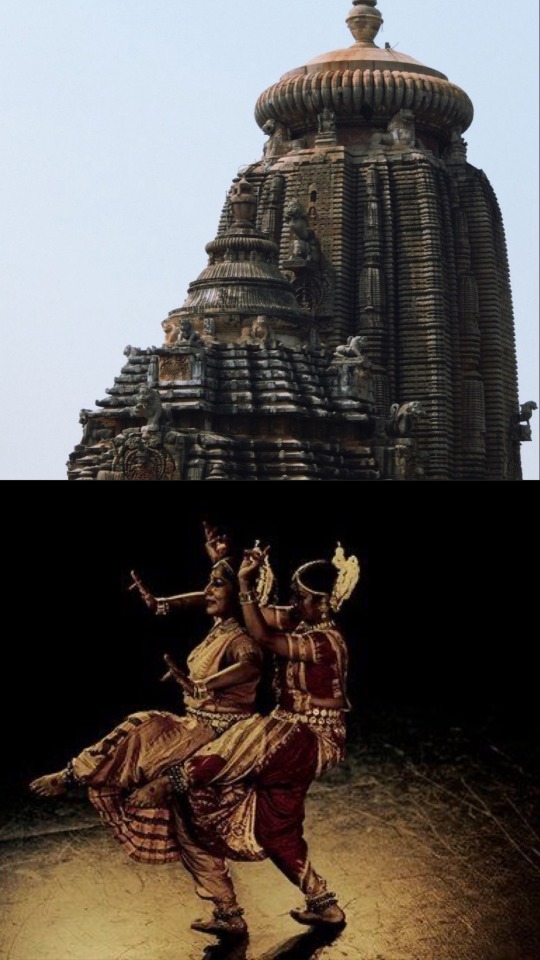

✿.・。.・゜✭・✿・✫・゜・。. ✿
189 notes
·
View notes
Text

The Kuru dynasty is starting to take shape 👑
#my artwork#illustration#art#artwork#digital art#myth art#hindu mythology#myths#mythology#mahabharata#hindu gods#hindublr#hinduism#character design#character art#ancient india#ancient history#my art#drawing#art wip#wip#my wips#current wip#bhishma#desi tag#desiblr
44 notes
·
View notes
Text
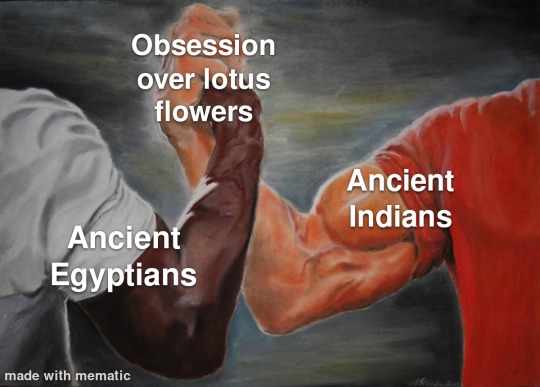
Nefertem x Brahma supremacy 🗿🪷🪷🪷
#ancient egypt#ancient india#egyptian history#egyptian mythology#brahma#egyptian gods#nefertem#nefertum#ancient cultures#ancient history#ancient civilizations#hindu mythology#hindu myths#hindu gods#hindublr#desiblr#desi tumblr#desi tag#desiposting#desi side of tumblr
467 notes
·
View notes
Text
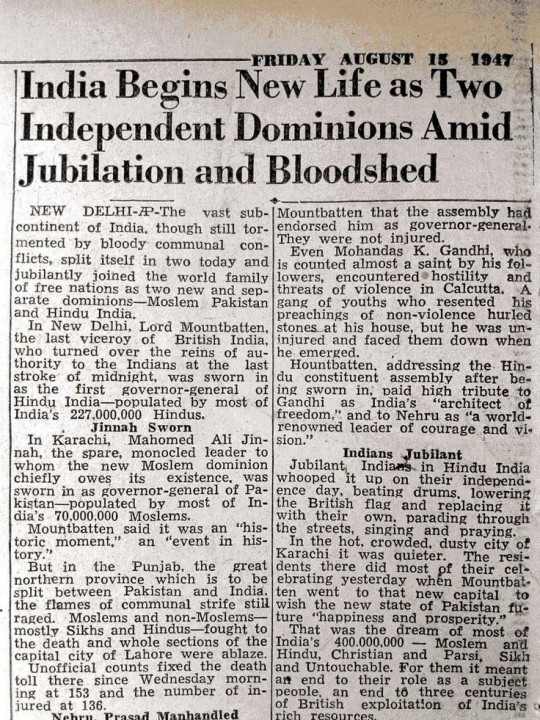
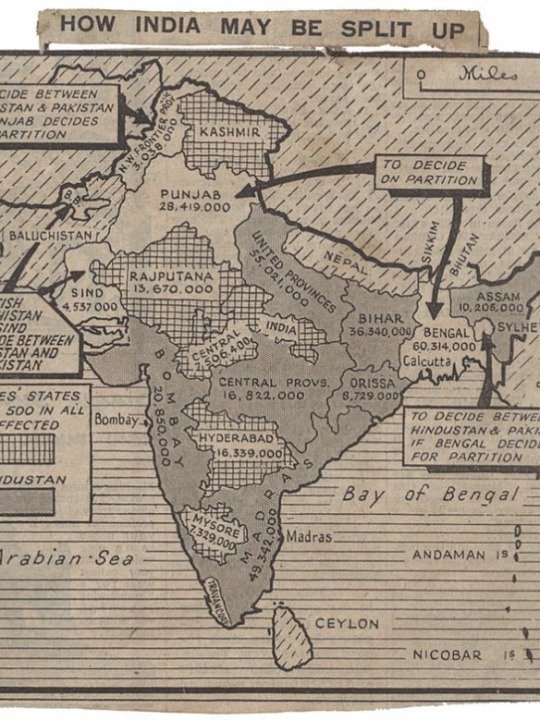

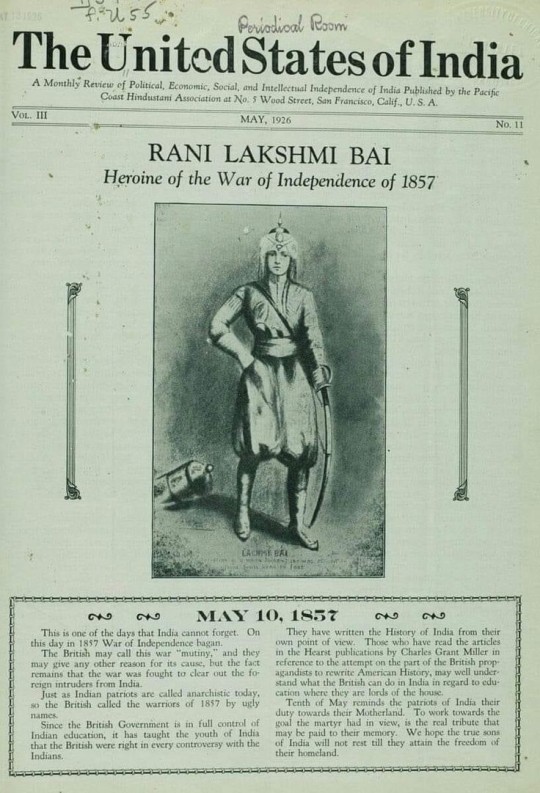
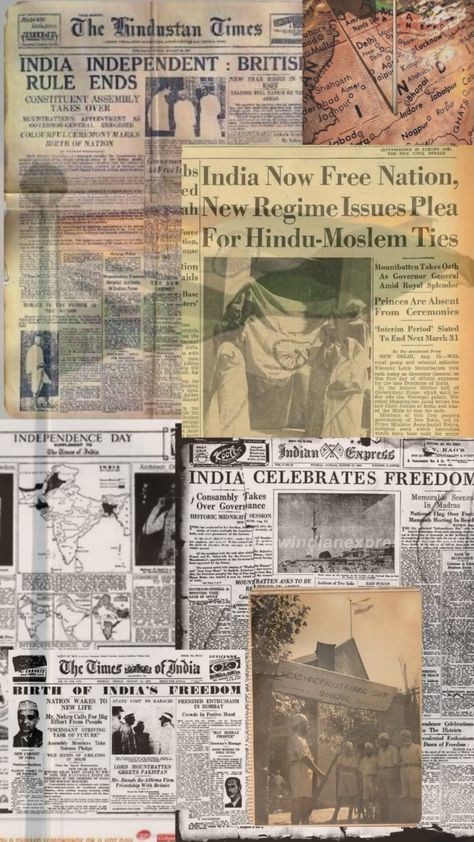


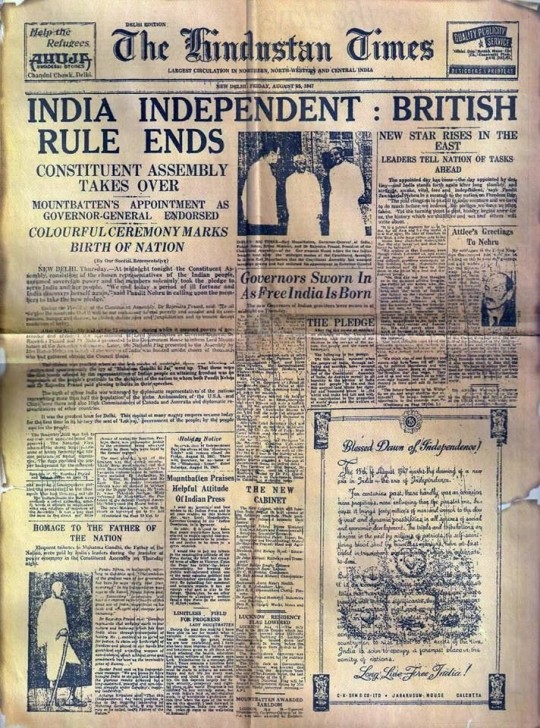
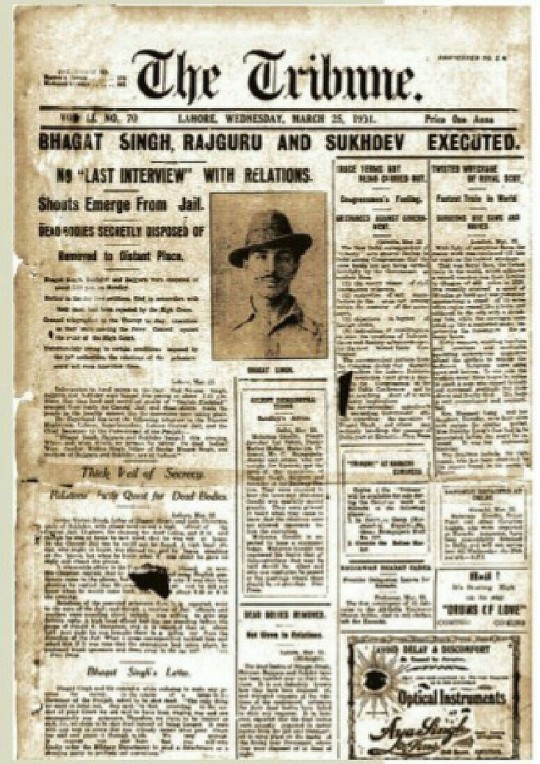
"The birth certificate of a nation! 1947 newspaper clippings celebrating India's independence..."
#independence day#freedom struggle#indian soilders#desiblr#desi tumblr#being desi#desi#ancient india#indian history#vintage#india#colonialism#freedom#british rule#british defeat#India's freedom#desi aesthetic#patriotism
103 notes
·
View notes
Text
Time Travel Question 62: early Modern and Much Earlier
These Questions are the result of suggestions from the previous iteration.
This category may include suggestions made too late to fall into the correct grouping.
Please add new suggestions below if you have them for future consideration.
I can't remember if we did this one. It would have been late last summer. i think we did some specific species, but i can't remember if it was done in total. I am quoting the whole suggestion here: "Carboniferous forests, before Angiosperms became dominant. I want to see the lepidodendrons and the huge equisetes and all the many Araucaria and gnetophytes and ginkgos that once thrived."
It is too late to fix the typo, but the First item should read somemething like: "People, species, and landscapes of California circa 1400.
#Time Travel#California History#Indigenous history#California Indigenous People#Pre-Colonization Americas#Pre-Colonization Ecosystems#Food Forests#North American History#Mayan#History of Religion#Mesoamerican History#Carboniferous forests#lepidodendrons#equisetes#Araucaria#gnetophytes#ginkgos#Astronomy#Prehistory#Mohenjo Daro#History of India#Early Civilizations#Ancient World#Gobeklitepe#Catalhoyuk#Türkiye History#West Asian History#Babylon#History of Food#Jewish History
53 notes
·
View notes
Text
Coins weren’t the only, or the most important, place that Indian and Greek cultures impacted one another. Take a look at this 1885 photo of a piece of an ancient column found in what’s now northern Pakistan:

If you know your Greek columns, you’ll be able to identify this as the Corinthian style (Corinthian capitals are the really complicated ones with lots of leaves). But who’s that in the middle?
Yep, it’s the Buddha, plunked down in the middle of a very Greek-looking piece of sculpture.
And look what’s on top of it — a bunch of very distinctively stylized Indian elephants:

{WHF} {Ko-Fi} {Medium}
625 notes
·
View notes
Text
200 BC Kushan era girl sporting a chic hairstyle

63 notes
·
View notes
Text
Just heard my chhoto mashi say some dumb people told her ancient Indians used to see dancing and singing as bad and ashleel and it was the Mughals that made it good and something praise able 💀💀💀
GURL WHAT ARE YOU ON-
#no but thats so embarrassing to even say#tell me you are uneducated without telling me you are uneducated#ancient india#culture#indian culture#uneducated humans#dumb fucks#desiblr#desi tumblr#history#that's a different level of bullshit to speak
50 notes
·
View notes
Text
youtube
The Mighty Gupta Empire
from History Dose
25 notes
·
View notes